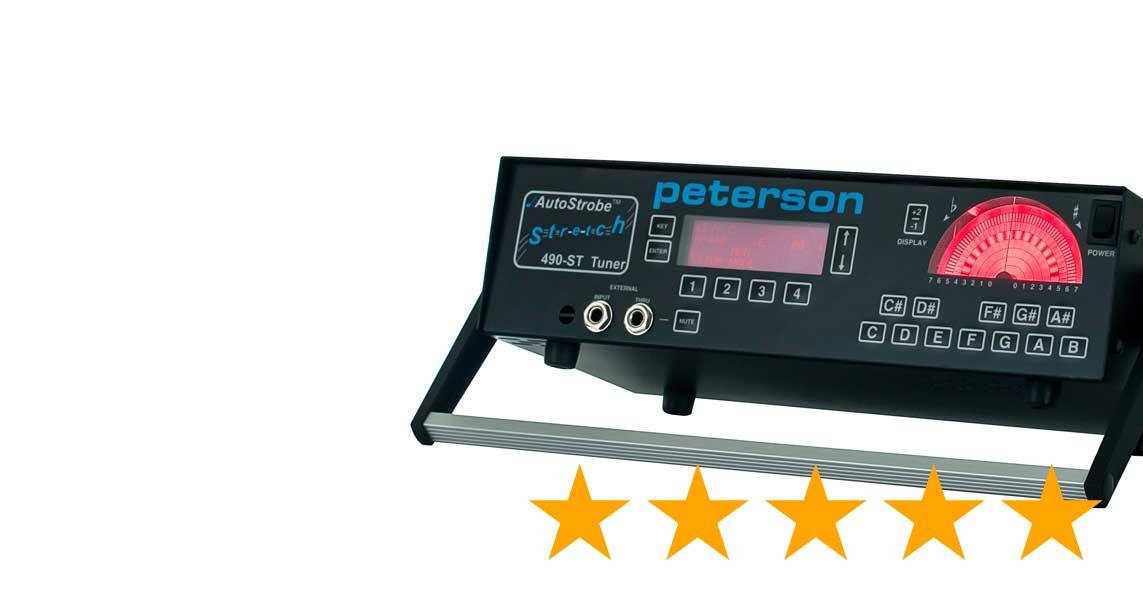

Anybody can download a $300 app, buy a cheap $35 wrench on ebay, call themselves a “piano tuner”, and start charging people $120+ for tunings. It’s possible now to get a very good tuning without counting and comparing beats or setting a temperament. EDIT: as of 2019 TuneLab is coming out with some new innovations that I think will solve this.) This tuning software, combined with the huge advances in mobile technology, has effectively lowered the barrier of entry to become a piano tuner.Įlectronic tuning devices make piano tuning easier, simply put. (In my experience, Cybertuner, Verituner, and Accu-Tuner all produce very high quality tunings, while Tune Lab has some problems around the tenor section. “Cybertuner”, “Verituner”, and “Tune Lab” apps are available in the Apple app store for $1,000, $600, and $300 respectively, and can be downloaded onto any iPhone or iPod, making a convenient tuning device. (This is in the early 1980s.) Today the “Accu-Tuner IV” goes for about $1,600, but there are other options available as well.

(Full disclosure: I do too.)ģ0 years ago most tuners tuned by ear, and the first “Sanderson Accu-Tuners” were beginning to be produced and sold for about $1,000 each.

Electronic tuning devices, or ETDs, have been around for years, but with the more recent advancements in technology, they have become commonplace to the point that most piano tuners use them. Possibly the most revolutionary change in piano technology has been the widespread acceptance of the electronic tuning device. Things have changed since then, as have my views, and I’ve written a short addendum at the bottom of my post.


 0 kommentar(er)
0 kommentar(er)
